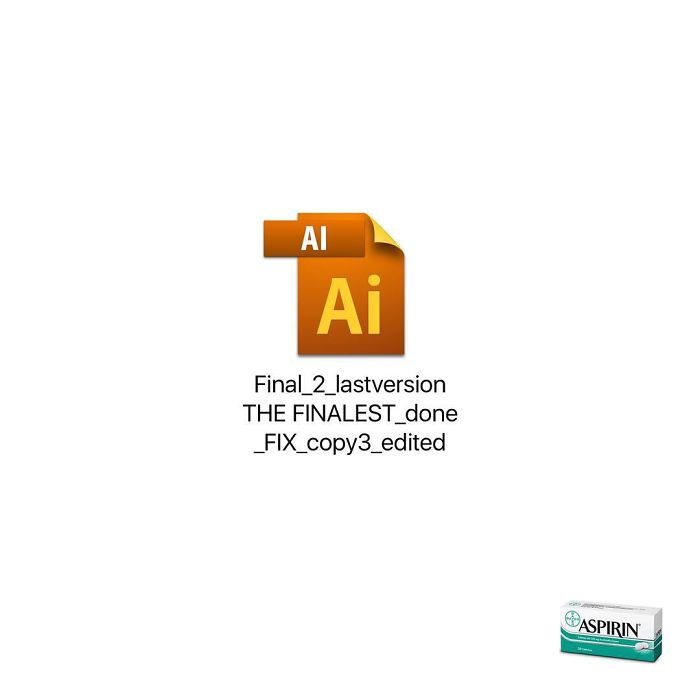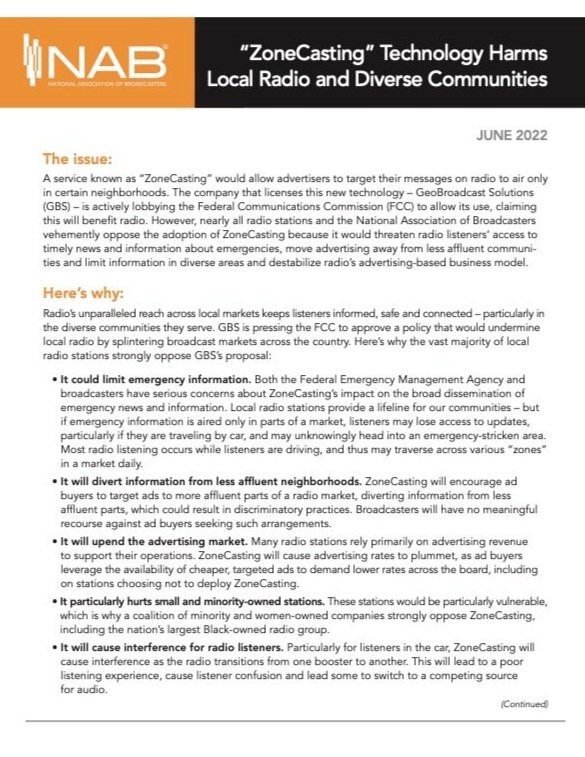
In recent years, targeted TV advertising has become more popular. It can increase reach and help brands build their brand. Targeted ads weren't always popular before they became mainstream. Although targeted advertising may look like a 30-second spot at first, it was typically scheduled weeks in advance. Most often, though, a commercial is simply mass market messaging.
Targeting TV ads has the advantage of allowing consumers to customize their viewing experience. The consumer can pick which ads they want during the commercial breaks. This is more effective than seeing the same ads over and over again. But, reaching the right audience isn't always easy.
First and foremost, advertisers must find a way to unify their approach to TV advertising. By combining data with technology, precision targeting can be achieved. There are several types of targeting, including connected TV (CTV) and addressable television (AT). The most popular form of targeted advertising is CTV. Connected TV, a programmatic advertising platform, allows marketers the ability to target viewers based their demographics, behaviours, and other characteristics.

In addition, there are new forms of viewing that can provide companies with a range of new benefits. Marketers can improve their branding strategies with streaming services like Netflix or Hulu. They can also increase awareness of a product range that's only accessible online. These kinds of new viewing experiences could change the way that we see TV ads.
QR codes can also be used by marketers. These clever little gadgets can help you explore a product or make a purchase. You can also explore the story of a company with these handy codes. While QR codes have existed for some time, they have become increasingly popular in recent years.
Cadent's Aperture Marketplace is an example. It allows advertisers to create audience segments with first- and third-party information. Although it might not be the most exciting feature, it is still a must-have for marketers.
Infomercials is another type of targeted television that can be very attractive. These ads often offer a premium or discounted price on a cross-sell, or upsell product. However, a well-crafted infomercial should be believable and pacing the product appropriately. Also, witty and attractive commercials are a great way attract viewers.

Advertisers must think about both their brand, and their target audience in order to create believable TV ads. Also, a well-executed infomercial needs to be able evoke a need within the viewer's head. It will be easier to establish a relationship with the consumer if they can identify a need for it.
Data is the next step in making better decisions about the TV ad. The technology and data available today will enable advertisers to optimize media campaigns to better achieve their business goals.
It's evident that TV advertising will become more interactive as more people turn to online and streaming services. Marketers have to think creatively how to engage consumers with the increased consumption of over-the top content.
FAQ
What does it mean to be an advertiser buyer?
An advertiser buys advertising space on TV, radio, print media, etc.
Advertisers pay for the time their message appears.
They don't necessarily want the best ad, but they are more interested in what is most effective at reaching their target audience.
An advertiser might have information specific to their potential customers such as age and gender, marital status or occupation, hobbies, interests, income, etc.
The advertiser can use this data to determine which medium will work best for them. An example is direct mail that appeals to older people.
Advertisers also look at the competition. If there are similar businesses nearby, they might choose to place their ads near those competitors.
In addition, advertisers consider the size of their budget and the amount of time they have to spend their money before it expires.
What is an ad-campaign?
A campaign is a series advertising messages that are designed to promote a product. It can also refer to the whole production of such ads.
The Latin word "to sell" gave rise to the term "ad". Marcus Terentius Varro (116–27 BC), was the first to make it a verb, meaning "to make sale".
Large companies or agencies usually do advertising campaigns. They may involve many different media types, including print, television, radio, internet, etc.
Advertising campaigns last several months and are usually focused on specific goals. Some campaigns are designed to increase awareness, while others aim to increase sales.
Advertising: What is it?
Advertising is an art. It's not just about selling products. It's all about creating emotional connections between people with brands.
Advertising is all about telling stories with images and communicating ideas.
Communication must be clear and persuasive. You must tell a story that is relatable to your target market.
Advertising is different than other communication methods, such as writing or public speaking.
When you create a winning ad campaign, it is creating your brand identity.
And this is how you become memorable. You become someone who people want to remember.
What is branding?
Your brand is the way you express who you are and what your stand for. It's how people remember you and your name.
Branding is about creating a memorable brand identity for your company. A brand is more than just a logo. It includes everything from your physical appearance and the voice of employees.
A strong brand helps customers feel confident in buying from you because they know exactly what they're getting. They also feel more confident choosing your products than those from competitors.
Apple is a prime example of a company with a strong brand. Apple's brand is recognized worldwide for its clean design, high product quality, and great customer support.
Apple's name is synonymous with technology. Apple is what people think about when they see a smartphone, computer or tablet.
When you consider starting a business, it's important to develop a brand. This will give your business a personality and face.
What is affiliate market?
Affiliate marketing is an online business model where you earn commissions by referring customers to products and services sold on other websites. The product owner pays you for each person who buys from you.
Referrals are the basis of affiliate marketing. People don't need to do anything to purchase from you. Simply refer people to the website.
It's possible to make money with no selling. Selling is as easy as buying.
You can even set up an affiliate account in minutes.
Referring as many people as possible will increase your commission.
There are 2 types of affiliates.
-
Affiliates who have their own websites
-
Affiliates working for companies offering products or services.
What is advertising's primary purpose?
Advertising is not just about selling products; it's also about creating an emotional connection between you and your customers.
Advertising is about communicating values and ideas to people who are interested in your products or services. It's about changing minds and attitudes. It's about building connections.
It is all about making people feel good.
But, if you don’t have a clear understanding of your customers’ needs, you will not be able sell anything.
So before you start any advertising project, you should first understand your customer's needs and wants, and buying habits.
You can then design ads that resonate with them.
What are the basics of print advertising?
Print advertising is a good medium to communicate effectively with consumers. Print advertising is used by many companies to promote their products and services. The key objective is to capture the attention of the consumer.
Print ads are typically short (1 page) and usually include text, photos, logos, or other graphics. These ads may include sound, animation and video as well as hyperlinks.
The main types of print advertisements are classified as follows:
1. Brochures are large-format printed materials that are designed to draw people into shops. They are often filled with colorful images and catchy designs.
2. Catalogues are smaller versions than brochures. They are sent to customers who have requested specific information.
3. Flyers are small pieces or paper distributed at events such concerts and fairs. They can be given at retail outlets but must be paid for.
4. Flyers are also available in posters. They are often displayed on walls, fences, or buildings. They are usually made using computer software programs, which is designed to draw the eye of passersby.
5. Direct mail – These are direct mail letters and postcards sent to potential customers. Companies send these out periodically to remind existing customers about their business.
6. Newspaper Ads - These advertisements are found in newspapers and magazines. They are usually quite long and contain both text and images.
Statistics
- Google will display whichever ad type (CPM or CPC) is expected to earn more revenue for the publisher, which is in Google's best interest since they take a 32% share of the revenue. (quicksprout.com)
- Advertising spending as a share of GDP was about 2.9 percent. (en.wikipedia.org)
- It's 100% reliant on your website traffic. (quicksprout.com)
- Advertising's projected distribution for 2017 was 40.4% on TV, 33.3% on digital, 9% on newspapers, 6.9% on magazines, 5.8% outdoor, and 4.3% on radio. (en.wikipedia.org)
External Links
How To
How to run paid advertisements
Paid Advertising is any marketing activity that involves paying money. Paid advertising can include purchasing ad space on websites or placing ads in magazines or newspapers. You could also pay someone to promote your company online. Paid advertising can include display advertising, email marketing or mobile app promotion.
To ensure your campaign works well, you should know how much it costs and what kind of results you expect. You also want to consider whether or not you'll get enough return on investment (ROI) to justify the cost.
Before starting a paid advertising campaign, you first need to determine if your product or service has potential customers who would benefit from your products or services. If you have no idea, then start with free advertising like posting flyers around your neighborhood, making announcements at school, or sharing your message through social media sites.
Knowing your target audience will help you decide the best way to reach them. Advertise in local newspapers if you are selling organic foods. You might also advertise on radio or TV if your product is cosmetics.
After deciding on whom you want to reach, you must figure out how much you're willing to spend. There are many ways to calculate your budget. You can divide your budget into daily, weekly and monthly amounts. To make it easier, you can use a spreadsheet program.